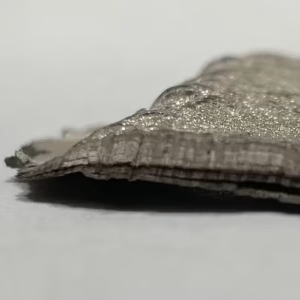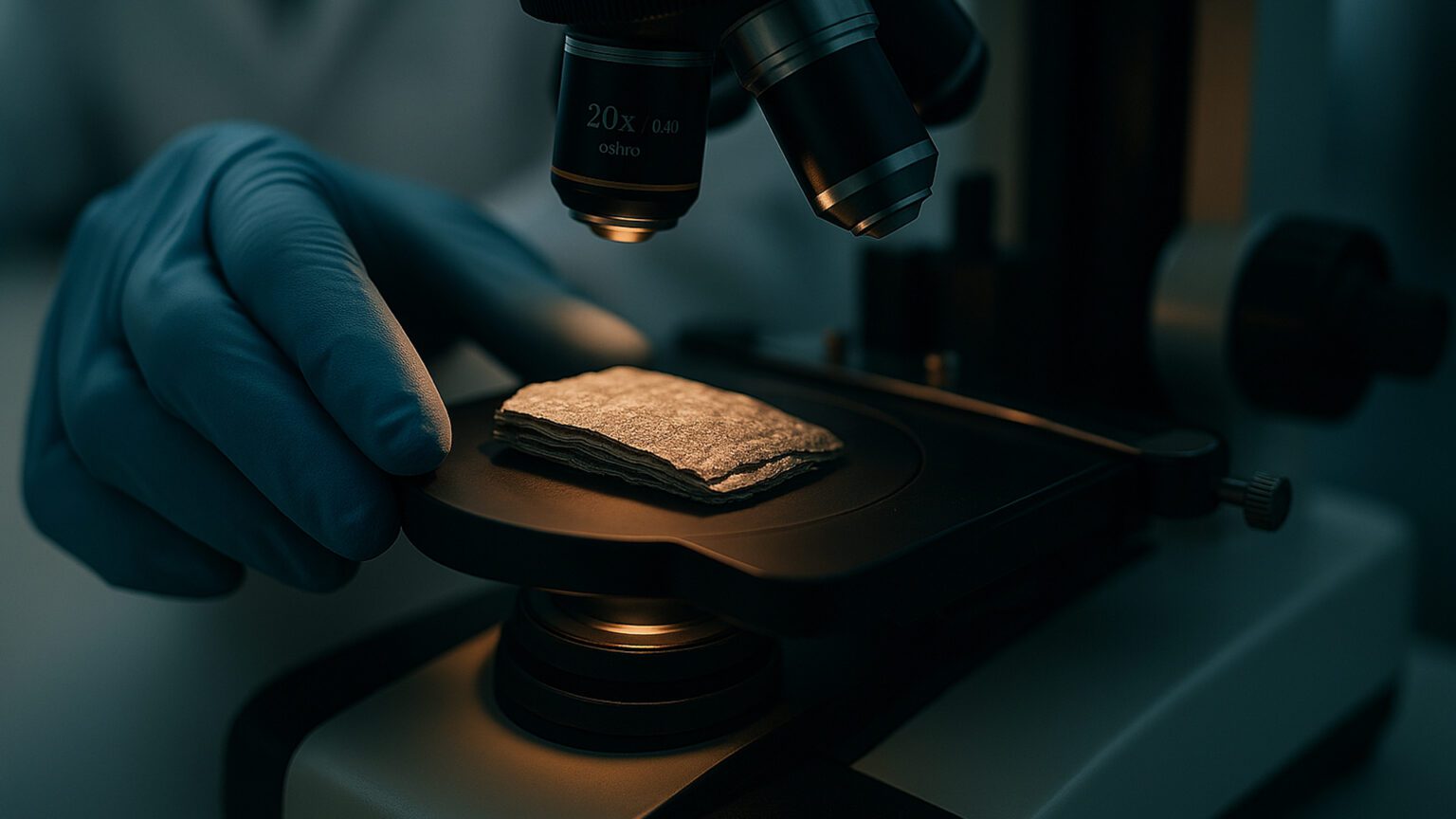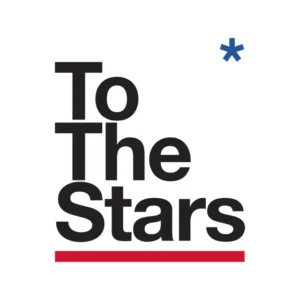 The U.S. Army has officially closed out its Cooperative Research and Development Agreement (CRADA) with To The Stars Academy of Arts & Science (TTSA), ending a five-year government-backed investigation into alleged anomalous materials that once captured headlines for their rumored connection to unidentified anomalous phenomena (UAP). The final close-out report, obtained via the Freedom of Information Act (FOIA) and now published by The Black Vault (available below), provides an inside look into the results from the U.S. Army’s point of view.
The U.S. Army has officially closed out its Cooperative Research and Development Agreement (CRADA) with To The Stars Academy of Arts & Science (TTSA), ending a five-year government-backed investigation into alleged anomalous materials that once captured headlines for their rumored connection to unidentified anomalous phenomena (UAP). The final close-out report, obtained via the Freedom of Information Act (FOIA) and now published by The Black Vault (available below), provides an inside look into the results from the U.S. Army’s point of view.
The CRADA, designated Agreement #19-15 and titled “Novel & Emerging Technology Exploitation (NETE),” was initiated in 2019 between TTSA and the U.S. Army Combat Capabilities Development Command (DEVCOM) Ground Vehicle Systems Center (GVSC). The project focused on analyzing a metallic sample referred to in the documents as “Artifact A1” which was provided by TTSA. The company claimed the material held promise for defense applications, including the potential to act as an electromagnetic (EM) waveguide based on theoretical designs published by Podolskiy et al. in Journal of Modern Optics.
 It should be noted that the only sample provided by TTSA for testing under the CRADA was the Magnesium-Zinc-Bismuth Artifact designated as “A1.” No additional samples such as an A2, A3, etc. were submitted for analysis during the five-year partnership, despite TTSA’s previous public assertions that it had acquired multiple alleged artifacts from various witnesses and caretakers/investigators of exotic materials. Despite the organization’s broad claims about possessing a collection of anomalous items, the Army’s documentation confirms that only a single artifact was ever made available for government evaluation.
It should be noted that the only sample provided by TTSA for testing under the CRADA was the Magnesium-Zinc-Bismuth Artifact designated as “A1.” No additional samples such as an A2, A3, etc. were submitted for analysis during the five-year partnership, despite TTSA’s previous public assertions that it had acquired multiple alleged artifacts from various witnesses and caretakers/investigators of exotic materials. Despite the organization’s broad claims about possessing a collection of anomalous items, the Army’s documentation confirms that only a single artifact was ever made available for government evaluation.
The Army, in partnership with Oak Ridge National Laboratory (ORNL) and the All-domain Anomaly Resolution Office (AARO), conducted structural, compositional, and isotopic testing over a five-year span. Despite TTSA’s initial claims, the final verdict was clear: “The USG found that the physical and elemental properties of the A1 are incompatible in its current state to serve as an EM wave guide,” the report states. While the sample contained the right constituent materials, it lacked the necessary structure to function as theorized. The artifact was ultimately assessed as “likely a test object, a manufacturing product or byproduct, or a material component of aerospace performance studies to evaluate the properties of Mg alloys.”
Significantly, the Army’s close-out report contains no mention of UAPs, UFOs, or extraterrestrial origins — all terms that fueled widespread speculation when TTSA first announced the agreement. Instead, the report limits its scope to potential applications for “ground vehicle survivability and protection.”
The Army categorized the effort as scientifically worthwhile, stating the research “advanced the knowledge and science regarding novel materials of national security interest.” It also credited the effort for developing relationships between defense agencies, private industry, and legislative stakeholders. However, the Army concluded there was “no military or ground vehicle application” for the sample, and “no joint intellectual property” was generated.
AARO and Oak Ridge Publish Supporting Scientific Findings
 The Army’s close-out report refers readers to the AARO website for additional documentation of the analysis. One key document now publicly accessible is titled “Synopsis of Analysis of a Metallic Specimen Conducted by Oak Ridge National Laboratory (ORNL)” and was authored by AARO.
The Army’s close-out report refers readers to the AARO website for additional documentation of the analysis. One key document now publicly accessible is titled “Synopsis of Analysis of a Metallic Specimen Conducted by Oak Ridge National Laboratory (ORNL)” and was authored by AARO.
According to the AARO synopsis, ORNL received the sample in June 2021 and subjected it to a comprehensive suite of analytical methods, including light and scanning electron microscopy, energy-dispersive x-ray spectroscopy, laser-induced breakdown spectroscopy, Raman spectroscopy, X-ray diffraction, mass spectrometry, and other techniques.
The findings align with those summarized in the Army’s close-out report. ORNL concluded that the sample was composed of magnesium, zinc, and bismuth in a layered structure. However, the scientific review emphasized that while such materials have been of theoretical interest in metamaterials research, the sample lacked uniformity and precision manufacturing that would be required for it to function as a practical waveguide or exhibit anomalous behavior.
“The sample likely was made using commercial techniques,” the ORNL report states, noting “the interfaces between the layers were inconsistent and likely formed through basic casting or rolling methods.” Furthermore, the report states there was no indication that the object had properties beyond what is commonly achievable through known industrial processes.
The ORNL analysis echoes the Army’s position that the material was “not of unknown origin” and did not exhibit exotic capabilities. It categorizes the object as consistent with test materials used in conventional aerospace or academic research contexts.
Transparency Gap Between Army and TTSA
While the Army and AARO have now made available both the contractual documentation and supporting scientific findings, TTSA, which is now known as “To The Stars” (TTS), has offered only limited public response. In two brief press releases, TTS acknowledged the ORNL and AARO findings and defended its role in facilitating the analysis. However, beyond those posts, the organization has remained largely silent on the broader results of the CRADA and has not released any technical data or in-depth assessment of Artifact A1 from its own perspective.
Once promoted as a scientific and transparency-driven enterprise, TTSA has since shifted its public focus toward entertainment and media ventures, offering little to no substantive updates on the other alleged materials it once claimed to possess. Despite having acquired artifacts from various witnesses and custodians, the organization has not disclosed whether any further testing has occurred or if additional samples were ever evaluated independently.
Ironically, the very government entities TTSA once challenged for secrecy, namely the U.S. Army and AARO, have proven more transparent in this case. From the release of the full CRADA agreement to the final close-out report and supporting laboratory findings, the government has now provided the most comprehensive public record of the project.
Even so, the Army expressed appreciation for the collaboration, calling TTS “an excellent partner” and endorsing the potential for future work with AARO given their “mutual interests, aims and ends.”
But the final conclusion is clear. The lone material analyzed under the TTSA CRADA did not exhibit any exotic functionality, yielded no new military applications, and was assessed as a conventional industrial or aerospace sample… not evidence of a recovered anomalous vehicle.
###
Document Archive
 CRADA Final Close-Out Report [4 Pages, 0.5MB]
CRADA Final Close-Out Report [4 Pages, 0.5MB]
